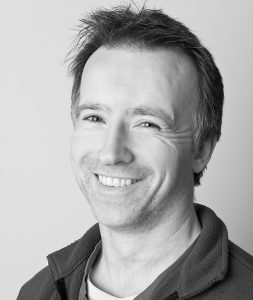
Based in the Cairngorms National Park, Peter Cairns has been a conservation photographer for 20 years. Co-founder of projects such as Tooth & Claw, Wild Wonders of Europe and 2020VISION, his latest initiative focuses closer to home.
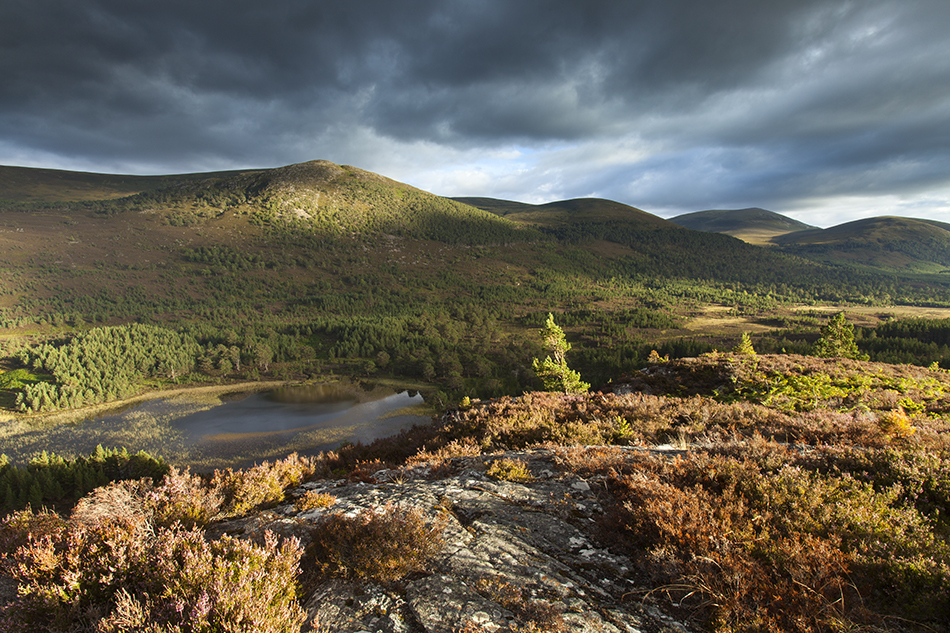
Much of what is written on this blog quite rightly shines a light on the shameful impoverishment of the British countryside. Raptor persecution, pollution, habitat fragmentation, climate change – these and others are very real threats and of legitimate concern. But what of the future? What do we actually want the British countryside to look like? Which species should it contain, in what numbers and to whose benefit? What is the alternative to the ever-present threat of more dewilding?
I’m as cynical as anyone about the way our society treats the natural world but we’re emotional creatures and there’s a limit to how much doom and gloom we can absorb. Sometimes there has to be a positive aspiration to hold in our hearts; something that gives us real hope. For me, the obvious alternative to dewilding is rewilding.
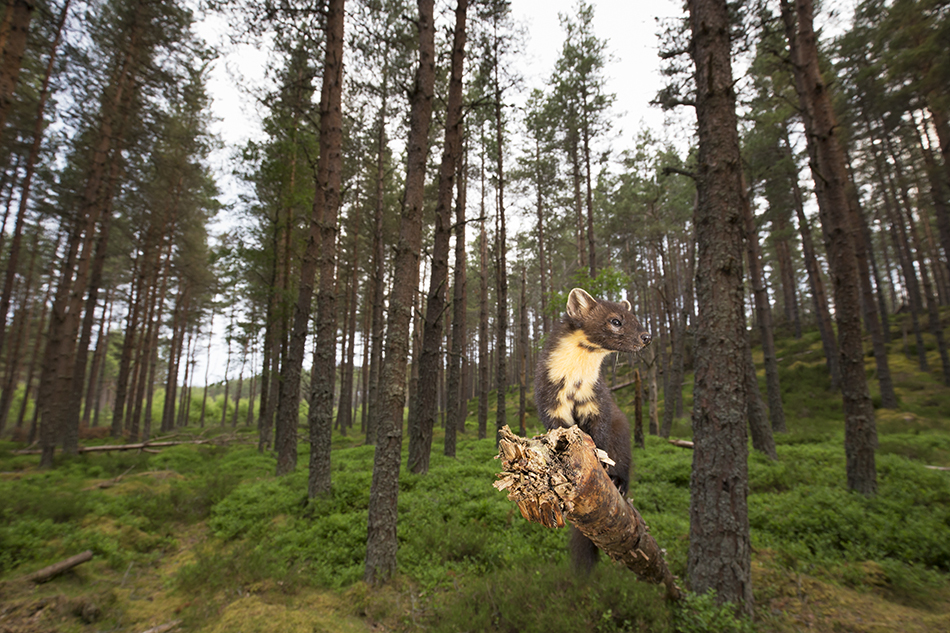
Predictably perhaps the popular media would have us believe that rewilding is all about wolves and bears and whilst it’s true that in a fully functioning ecosystem, top predators have a crucial role to play, rewilding to my mind is as much a philosophical shift as it is a physical change. For decades conservation has focused on protection: holding onto the last fragments of woodland or wetland; building a reserve around the protection of capercaillie or water voles. This species-specific approach has its place but doesn’t address the bigger picture. We need to think beyond nature reserves to the restoration and reconnection of whole ecosystems. We also need to get away from the idea that nature needs managing. If our landscape is to function as it needs to – rather than how we think it needs to – and in the long term provide us with things like clean water, healthy soils and carbon storage, as well as being an invaluable source of wonder and inspiration, we need to let go a little and allow natural processes to hold sway.
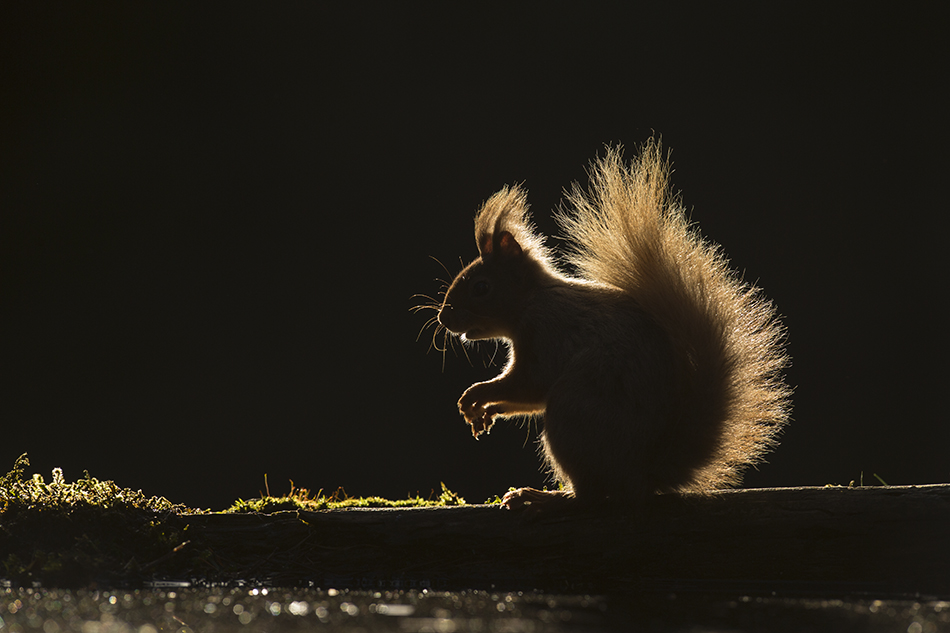
Throughout the UK, the seeds of rewilding are being sown and in the Scottish highlands where I live, there are fledgling examples of landscape-scale restoration already taking hold – too many to mention here I’m delighted to report. Crucially there’s also a growing momentum behind the rewilding philosophy. The term itself has its detractors but the principle of restoring whole ecosystems and then standing back to let nature do its thing, is gaining traction across an increasingly diverse range of interest groups.
Despite the idealised exterior that the tourist brochures celebrate, much of Scotland’s landscape is devoid of its natural vegetation cover and therefore devoid of the myriad species that given the chance could prosper. In many areas this ecological impoverishment has lead to social and economic decline and that’s where SCOTLAND: The Big Picture comes in. Working as part of a small team of media professionals – photographers, filmmakers, writers and designers – this project seeks to harness ecological science and to combine that with the emotional power of visual imagery to create positive, compelling stories, which amplify the case for a wilder Scotland. We like to look upon ourselves as a communications virus, spreading and infecting a diverse audience with an exciting vision that marries a healthier landscape with a healthier society.
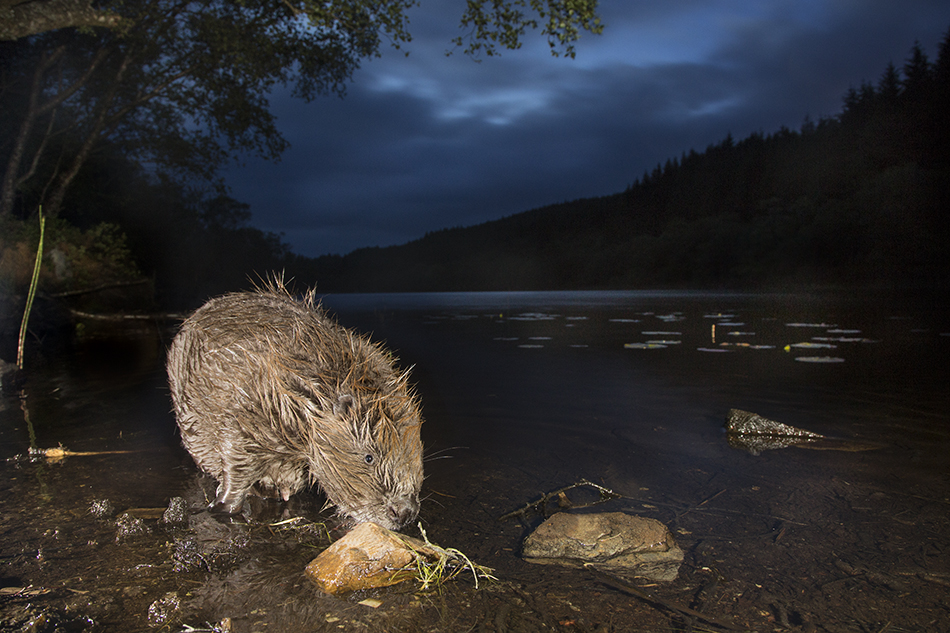
For rewilding advocates, wolves are a pipedream for now but sea eagles and more recently beavers, have made a celebrated return. Ospreys and pine martens have recovered spectacularly as attitudes have changed and habitats improved. What excites me however, are the conversations I hear in shops, in pubs and in local community centres. Rewilding – even if it’s not called that – is being talked about; new opportunities are being explored, a new future envisioned. What do we want Scotland to look like 200 years from now? Whether we like it or not, it’s people who will answer that question and so SCOTLAND: The Big Picture’s job is to fuel even more rewilding conversations; to tell engaging stories – through books, films, press features and lectures – which inform the mind and inspire the heart. Nobody is pretending that change is easy but how does the old saying go? An ounce of hope is worth a tonne of despair.
Join the journey at: www.scotlandbigpicture.com
Facebook: https://www.facebook.com/ScotlandTBP/
Twitter: @PCairnsPhoto #ScotlandTBP
Images supplied by SCOTLAND:The Big Picture
[registration_form]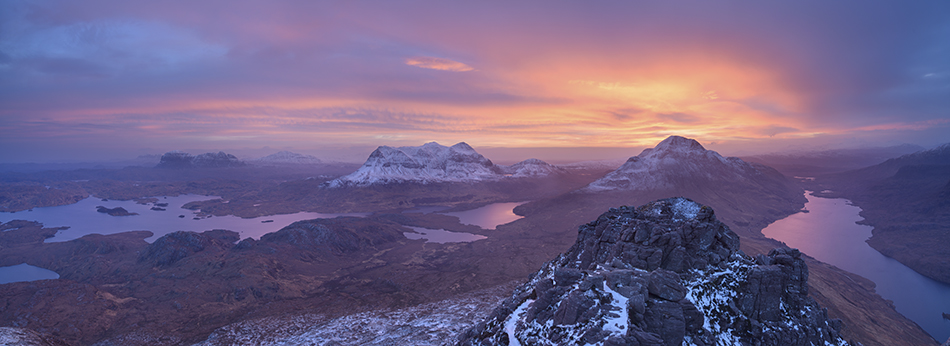
An excellent blog. Thanks.
This shows clearly the correct way forward for Scotland, and could equally be applied elsewhere.
Unfortunately, from what she has said publicly, the Scottish environment minister sees the future in driven grouse shooting, due to the employment it gives, even though the destruction there pervades and affects the whole of the region. The present situation is an utter disgrace, and seems unlikely to change.
I’d love to know if there is a short term economic case for the changes proposed, or what changes would be needed to help the economics in order that decision makers could be influenced to rally behind an end to persecution and ecosystem restoration. They seem to stay silent except where persecution is uncovered, and say little even then.
Perhaps it is like the marine conservation zones, where if they had been in place for 20 years we would be seeing the benefits of increased catches together with a vastly improved ecosystem, but getting there is all but impossible, and change proceeds at a snail’s pace.
Re your “short term economic case for changes proposed”
I guess the way to consider the grouse/employment/income V rewilding/income is to compare to an environment that has NOT been overly damaged. The Moray Firth for example. Yes we could encourage jet-skiing, dredging, various destructive in-water activities, and lose the associated wildlife. And we could trumpet that we created 200 jobs (or whatever).
Instead that environment is afforded a reasonable degree of protection and as a consequence we have a rich ecosystem (although not free of threat) which supports a fairly healthy dolphin population which generates between £5m and £7m per annum to the Inverness economy. And it is key that this can happen with relatively little publicity (we dont actually have to ‘sell’ this, it sells itself) and with very little associated environmental damage (ok – accepting fuel/travel environmental costs etc) but no muir burn, culling hares, poisoning raptors, etc etc
These two ecosysytems sit pretty much side-by-side in this small region in northern Scotland – but the ‘management’ regimes could not be further apart, and the contrast afforded by the ways they benefit the wider population is stark. The dolphin income is a broad spread through a whole economy (I would argue) whereas the moorland economy is monolithic.
But as Pete notes things (and attitudes) are changing as peope start to realise whats to be gained (and lost), through a slow process of education and information such as Big Picture, and thats a heartening fact.
Excellent and inspiring read Peter. I am 110% behind the rewilding projects, and although we have 1 rewilding project here in Wales (Cambrian Wildwood), there is so much more neded to be done. I have played a small part by volunteering with the Osprey Projects, but would love to do more, and also get others on-board.
I thought the 20/20 Vision was/is a great project and would love to see a similar one her in Wales.
Fantastic images Peter, they in themselves lifted my mood.
So this is where those best placed in terms of lobby and advocacy need to enter the campaign?
CAP as currently operating will be lost, so the ‘new version’ needs to be able to demonstrate public benefit. What public benefit in agri-industry monoculture, what public benefit DGS? Environmental benefit, soil protection, flood alleviation etc. is demonstrable public benefit. Opportunity knocks and we all need to do our part in ensuring conservations voice is heard and more importantly listened to. Not just the usual suspects but other practitioners in the sector have valuable experience.
Thanks, Peter, for an outstanding blog. A few (almost random) points come to mind:
1. Perhaps we’ve been told so often that the scenery in Scotland is beautiful that many people have come to believe it, but I’ve always found much of it desolate and lifeless. This works OK in the high mountains where the bleakness adds to the sense of drama and isolation, but for me at lower levels it just looks impoverished – devoid of most of the things that make a landscape attractive and stimulating.
2. We must constantly drag ‘rewilding’ away from the UK tabloid narrative dominated by fear of wolves and bears. Rewilding Europe set out some excellent rewilding principles, stressing a progressive approach in terms of both scale and degree of wildness. The emphasis is just on letting natural ecological processes operate as much as is feasible in a given situation.
3. It was the comments section of your ‘Tooth and Claw’ website that gradually hardened my attitudes towards game shooting, vividly demonstrating the near impossibility of finding common ground with many shooters and gamekeepers.
Great blog and wonderful photos.
What is demonstrable is the money that companies such as Heatherlea bring into the local economy. More and more birding and wildlife companies are springing up all the time. I believe that there will be a tipping point, hopefully in the not to distant future, where it becomes obvious to all that allowing people to shoot with cameras rather than guns will bring monetary benefits to all in Scotland rather than just the few.
We have been to all the places mentioned in the blog and some are truly inspirational.
Rewilding isn’t just wishful thinking, it’s happening, just slower than we would like.
When central Scotland looks at Knapdale or Cairngorm and realises what its own landscape is missing and why some towns still have a run down air about them, even though they have (bare) hills all around, it won’t take long before the penny drops.
And then, just maybe, our own parks will follow suit. We can but hope.